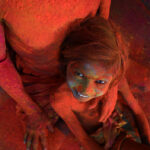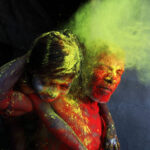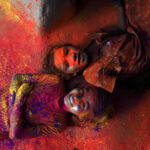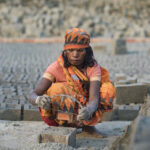Reflections have long fascinated artists and photographers, offering a way to see the world through a different lens. From the perfect symmetry of a mountain reflecting on a still lake to the fleeting image of a face caught in a rain-soaked window, reflections provide a myriad of creative opportunities. In this blog, we dive deep into the art of photographing reflections, uncovering techniques, challenges, and the sheer magic they add to a frame.
Why Photograph Reflections?
Reflections introduce a layer of complexity and depth to an image. They can turn a simple photograph into an intricate composition, making the viewer pause and ponder. More than just a mirror image, reflections bring symmetry, juxtaposition, and often, an ethereal quality to pictures.
Tips for Capturing Stunning Reflections
1. Seek Still Waters: Morning is often the best time to capture reflections on natural water bodies, thanks to the calm air. Look for lakes, ponds, or even puddles after a rain shower.
2. Play with Perspectives: Instead of shooting straight on, try different angles. Get low to the ground or find an elevated vantage point to capture reflections uniquely.
3. Use Polarizing Filters: These can help increase the clarity of reflections by reducing glare, especially in bright conditions.
4. Embrace Imperfections: A perfectly still reflection is mesmerizing, but there’s also beauty in the ripples and disturbances that distort reflections, creating a dreamy effect.
5. Experiment with Surfaces: Beyond water, look for reflections in windows, metallic surfaces, mirrors, and even glossy tables. Each surface offers a different reflective quality.
Challenges in Reflective Photography
Capturing reflections isn’t always straightforward. Light plays a crucial role. Too much brightness can cause glare, while too little can make the reflection faint. It’s a balance photographers must strike, often relying on external tools or waiting for the perfect moment when nature aligns.
Post-Processing Magic
Enhancing reflections in post-processing can elevate your image. Adjusting contrast, sharpness, and clarity can make reflections pop. Additionally, tools like the clone stamp can help remove unwanted elements, ensuring the reflection remains the star.
In Conclusion
Photographing reflections is a journey of discovery. It’s about seeing the unseen and capturing the world in its duality. Whether you’re a seasoned photographer or just starting, reflections offer a canvas where reality blends with imagination, urging you to see deeper and capture the enchanting mirror-world that lies before us.
